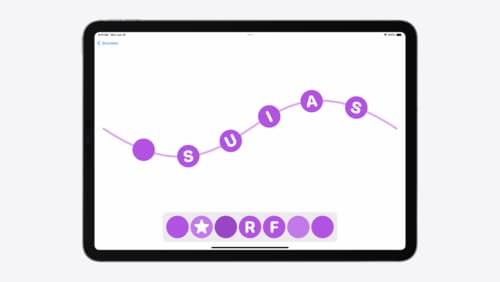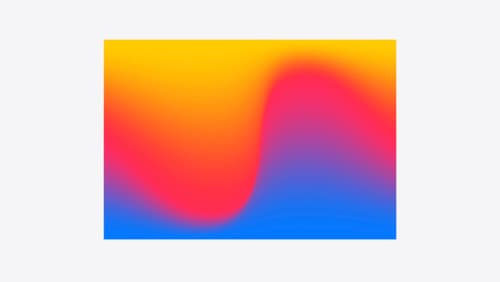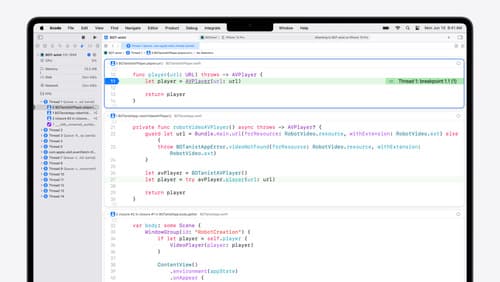How runloop works
Asked on 2024-08-06
1 search
The concept of a run loop is not directly covered in the provided context from the WWDC sessions. However, I can provide some related information on concurrency and debugging, which might help you understand how run loops fit into the broader picture of app development.
Concurrency in Swift
In the session Migrate your app to Swift 6, there is a discussion about the hidden complexity of concurrency and how Swift concurrency can help manage it. The session explains how different queues (main queue, background queue, etc.) are used to handle various tasks in an app, and how Swift concurrency can simplify this by using actors to manage which parts of the code run on which queues.
Debugging with LLDB
In the session Run, Break, Inspect: Explore effective debugging in LLDB, there is a focus on using breakpoints to understand when certain lines of code get executed. This can be particularly useful for debugging issues related to concurrency and understanding how different parts of your code interact, which is often a key part of understanding run loops and their behavior.
UIKit and SwiftUI Animations
In the session Enhance your UI animations and transitions, there is a discussion on how animations can be run in response to gestures and other actions. While this doesn't directly explain run loops, it does touch on how the main thread (where the run loop operates) handles UI updates and animations.
If you have more specific questions about run loops or need detailed information on a particular aspect, feel free to ask!

Enhance your UI animations and transitions
Explore how to adopt the zoom transition in navigation and presentations to increase the sense of continuity in your app, and learn how to animate UIKit views with SwiftUI animations to make it easier to build animations that feel continuous.

Create custom visual effects with SwiftUI
Discover how to create stunning visual effects in SwiftUI. Learn to build unique scroll effects, rich color treatments, and custom transitions. We’ll also explore advanced graphic effects using Metal shaders and custom text rendering.

What’s new in Xcode 16
Discover the latest productivity and performance improvements in Xcode 16. Learn about enhancements to code completion, diagnostics, and Xcode Previews. Find out more about updates in builds and explore improvements in debugging and Instruments.
